
People today still look back at the Victorian era, which lasted from 1837 until 1901, with a lot of fascination and wonder. After all, this was the time of the great Industrial Revolution, which resulted in the invention of countless new inventions that propelled the development of technology as we know it. Still, many of those items were discarded and discontinued, whereas others went on to have a significant far-reaching impact on human history. In fact, quite a few of these remarkable inventions, while being hundreds of years old, shaped the way we live today.
Here, we look at some of the major inventions from the Victorian era that are still being used in the modern world. We must appreciate the brilliant minds that thought of these creations. Their efforts to make human lives comfortable are serving its purpose even hundreds of years later.
1. Chocolate Bar
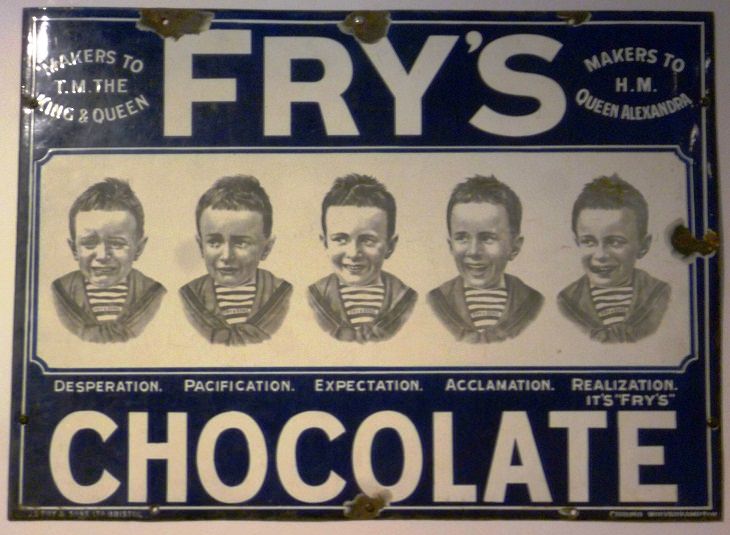
Image Source: Wikimedia Commons
While cacao has been used for thousands of years, it was after cacao beans were imported into Europe and cacao powder was made available that the chocolate bar as we know it today came into existence. Coenraad Johannes van Houten, the inventor of the cocoa press, had kick-started the process of squeezing the cocoa butter from the roasted beans in 1828.
However, the first plain chocolate bar was made in 1847 by British chocolate company J.S. Fry & Sons. It was the first solid and edible bar of chocolate that was made from cocoa butter, cocoa powder, and sugar. 32 years later, Rodolphe Lindt invented the chocolate conching machine which enabled the mass-production of creamy milk chocolate. By 1875, this process was perfected by Daniel Peter and Henri Nestle, who added condensed milk into the mix and thus came the first milk chocolate bar.
Since then, chocolate has gone on to become one of the most successful and widespread foods in the world.
2. Subway
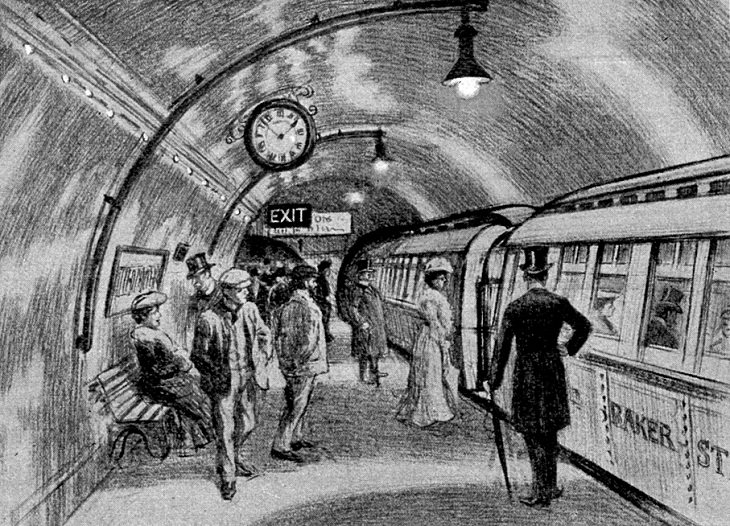
Image Source: Wikimedia Commons
We call it by various names today: the subway, tube, the underground, and the metro. It helps in transporting millions of people across the world in urbanized areas and is the regular mode of transportation for innumerable folks.
In 1866, work commenced on the “tube” line in London and Southwark Subway Company by employing a tunneling shield developed by J.H. Greathead. This method utilized electricity to power the lines and tunnels and used tunnels deep enough so that they didn’t intrude with building foundations. The tube was officially opened to the public in 1890 and the initial fee for a journey of 5-kilometers was two pence.
It was not long before that other cities followed London’s lead, and in 1896, Budapest opened its first electric subway - the first subway on the European continent. Paris in 1900 and New York in 1904 came up with their own subway systems, and today there are more than 150 metro systems all over the globe.
3. Stamps
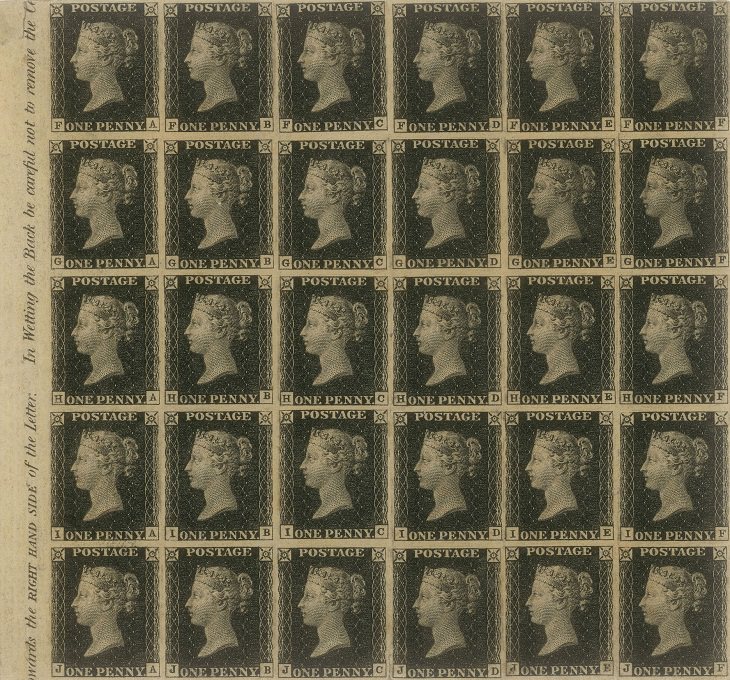
Image Source: Wikimedia Commons
In the early 1800s, the price of each postage was calculated by the distance it had traveled. This system changed when in 1840 the Uniform Penny Post was established. With this, the development of the first stamp, the Penny Black, came into existence. It was the first adhesive postage stamp, and it found instant popularity among the public, as it was quite cheap.
Almost immediately after it was launched, the number of letters being sent and delivered doubled overnight. However, the color black for the stamp created issues, as it became difficult to see a cancellation mark. Soon, the color of the stamp was changed to a dark red. Over the years, the stamp saw further changes, like a perforation embossing.
The United States launched a similar postal service in 1847, and the rest of the world followed suit soon after.
4. The X-Ray
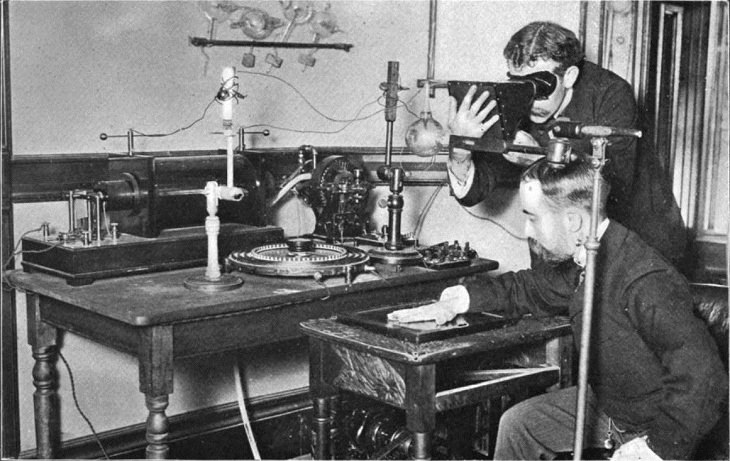
Image Source: Wikimedia Commons
The X-Ray was discovered in 1895 by German physicist Wilhelm Conrad Roentgen when he was experimenting with cathode ray tubes in his laboratory. Roentgen observed that a piece of barium platinocyanide glowed despite the glass cathode-ray tubes being encased in thick black cardboard across the room. The physicist noted that some kind of radiation must be traveling in the space.
Since he didn’t completely understand the phenomenon then, Roentgen named it as X-radiation, owing to its inexplicable nature. Roentgen wanted to explore his theory and used his wife as the first test subject. Using the technology he had just discovered, the scientist captured images of the bones in his wife’s hand. The wedding ring on her finger thus became the first “röntgenogram” ever taken.
The public became excited about Roentgen’s discovery, and it was even used by battlefield surgeons to find bullets inside wounded soldier’s bodies. The X-Ray has since become one of the most significant discoveries in the medical field.
5. The Radio

Image Source: Wikimedia Commons
The first-ever radio message was sent in 1895 by Guglielmo Marconi. Interestingly, he sent that message to himself! In 1899, Marconi sent the first wireless signal across the English Channel, and in 1902 he sent a message across the Atlantic.
Marconi wasn’t the only radio pioneer, though. Nikola Tesla and Nathan Stubblefield, both contemporaries of Marconi, had been researching radio waves and transmitters, too, and had taken out patents for wireless radio transmitters.
Nikola Tesla was later credited with being the first person to patent radio technology.
By the time World War II broke out, radio had become a vital tool for information and communication, and it remained that way for the next several decades. Even with the advent of the internet and smartphones, people still tune in to the radio today. While many stations have moved to digital output, radio continues to be an integral part of our lives.
6. Flushing Toilets

Image Source: Wikimedia Commons
Different forms of toilets have been in use across various civilizations for centuries. The Indus Valley Civilization in Bronze Age Asia, for instance, had a brilliant network of sewers underneath the streets where the water was emptied by the toilets. The Minoan civilization in Crete had a similar network of sewage systems.
In 1775, English inventor Alexander Cumming was granted the first patent for an S-shaped toilet. The innovation, however, went largely unnoticed. Then, in 1778, English inventor Joseph Bramah, best known for inventing the hydraulic press, made vital improvements to Cummings' design of the flush toilet and obtained a patent for the same. Bramah's design did decently well till the 1800s. However, it was only in the late-19th century when Thomas Crapper, a London plumbing entrepreneur, produced one of the first flush toilets that was widely accepted by the public.
The toilet was not invented by Crapper, of course. He had developed on the mechanism of the bullock – the tank-filling apparatus we still use today in toilets. This innovation was immensely successful and was an instant hit. Funnily enough, this toilet was later nicknamed “crapper” because of the Crapper brand’s predominance in the market those days.
7. The Telephone
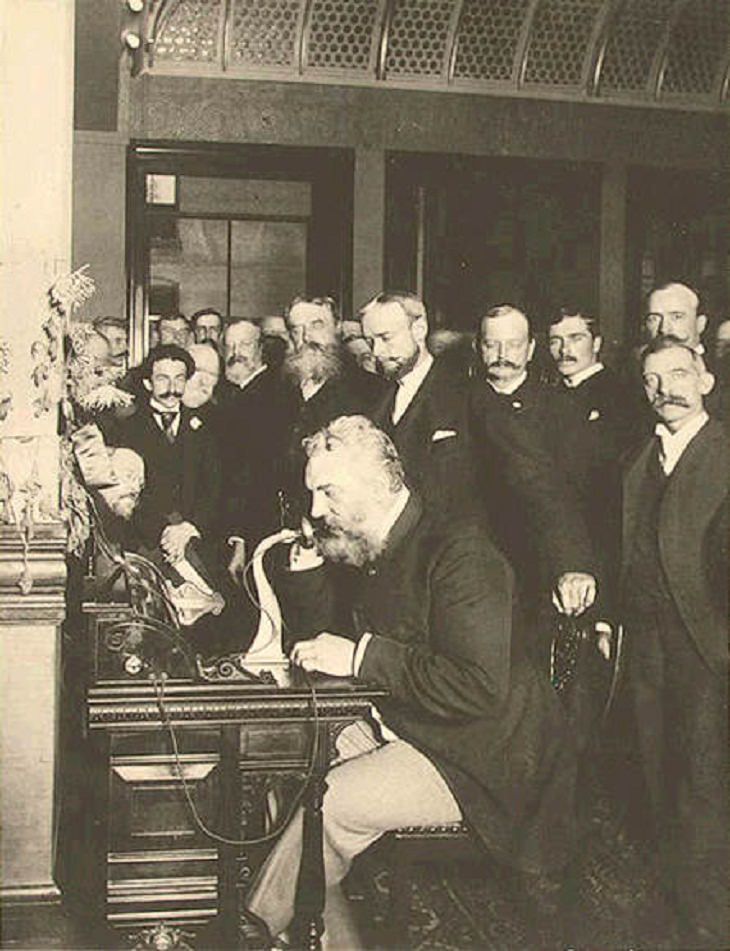
Image Source: Wikimedia Commons
“Mr. Watson, come here; I want you.” These words are widely renowned as the first cohesive and complete sentence transmitted by telephone.
Alexander Graham Bell is credited with the invention of the first practical telephone. Bell was an influential scientist, engineer, and inventor who also used to work at a school for the deaf. The bright scientist experimented with sound with his assistant, a young electrician named Thomas Watson.
Bell was hoping to make a machine that would transmit sound via electricity and experimented with Watson for years to achieve this. The two continued working on the harmonic telegraph, and by 1875, their experiments had proven that different tones would alter the strength of an electric current in a wire.
On March 10, 1876, Bell finally realized his dream of being able to talk down an electrical wire and immediately spoke to Watson, who was in the next room. This is where those famous words mentioned above, which Bell had written in his diary later, were spoken. Curiously, however, another inventor named Elisha Gray had registered a similar device like Bell’s at the patent office within hours of him submitting his creation. This followed a vicious legal battle that Bell eventually won.

The idea of the camera had been around for hundreds of years before it was even invented. Over the course of history, multiple people helped develop the camera. Johann Zahn, a noted German author, designed the first camera in 1685. He invented a design for the first handheld reflex camera but it took about 150 years for his design to become a reality.
It is French inventor Joseph Nicéphore Niépce who is widely regarded as the inventor of the camera as we know it today. In 1816, he began experimenting with photography. In 1826, Nicéphore managed to use light to produce an almost photographic image of nature from his office window. The process took eight hours. However, the photograph that was eventually produced is considered the very first photographic image.
In the late 1880s, George Eastman created the Kodak camera which consisted of a fixed-focus lens and one single shutter speed. The camera has seen countless modifications ever since and continues to be improved upon.
9. Light Bulbs
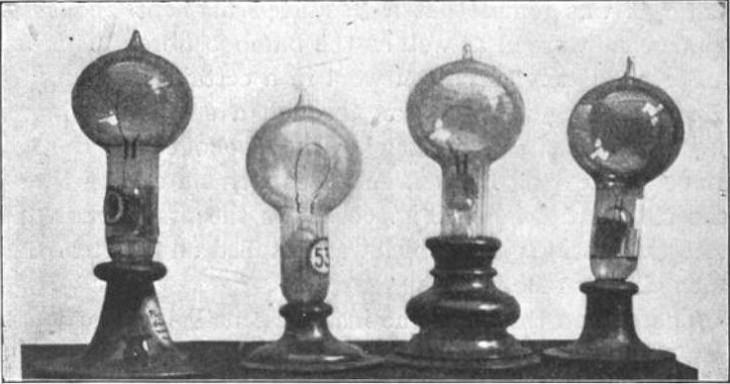
Image Source: Wikimedia Commons
A number of inventors were involved in creating the light bulb. Many historians claim that there are as many as 20 inventors of incandescent lamps. However, it is Thomas Alva Edison who is credited with being the person who created the first commercially practical incandescent light. Edison’s version of the lamp was better as it included an effectual incandescent material, a higher vacuum than what the other inventors had been able to attain, along with high endurance. This allowed for the diffusion of power from a central source economically feasible.
In 1879, Edison patented the first commercially successful bulb. After Edison’s patent, commercially manufactured light bulbs began production in 1880.
10. Pedal-Driven Bicycles
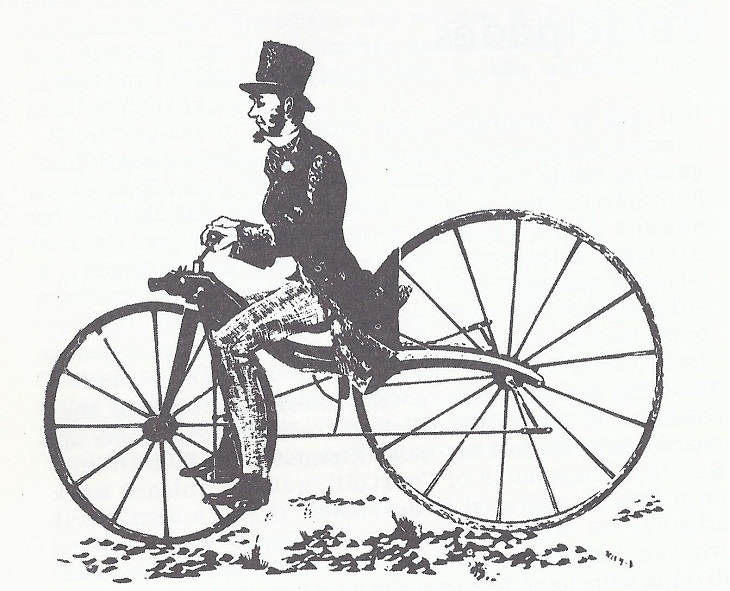
Image Source: Wikimedia Commons
Several different inventors worked to evolve the bicycle that we see and use today. The modern pedal-driven bicycle, though, was invented by Kirkpatrick Macmillan. The son of a blacksmith, Kirkpatrick was captivated with the idea of developing new means of transport. During that time, two-wheeled "dandy horses" (a human-powered vehicle) were quite popular. However, that vehicle wasn’t too convenient, as it required the rider to push their feet on the ground in order to propel it forward. Macmillan wanted to improve on it.
After a lot of deliberation, Macmillan finally came up with the idea of adding pedals to the machine. It took him about a year and in 1839, he finally finished the product. It weighed around 57lbs (about 27kg) and was a little hard to maneuver initially. But Macmillan soon got the hang of it and the bicycle started catching the fancy of the common man. Thus, the bicycle as we know it today was born.
Related Articles:
The Uncanny Prototypes of 11 Popular Devices and Tools
20 Incredible Inventions That We Have Completely Lost
Inventions that Shaped Our Lives
12 Popular Inventions That Are Actually From Ancient China